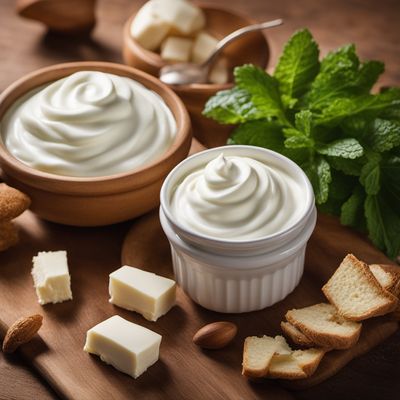
Ingredient
Sour cream, plain
The Creamy Delight
Plain sour cream is a creamy and tangy dairy product made by fermenting regular cream with lactic acid bacteria. It has a smooth and thick texture, with a slightly acidic taste that enhances the flavors of various dishes. Sour cream is commonly used as a topping, dip, or ingredient in both sweet and savory recipes.
Origins and history
Sour cream has been a staple in Eastern European cuisines for centuries, particularly in countries like Russia, Ukraine, and Poland. It was traditionally made by allowing cream to ferment naturally. Today, it is widely consumed and enjoyed in various culinary traditions around the world.
Nutritional information
Plain sour cream is a good source of calcium, phosphorus, and vitamin B12. It also contains probiotics, which are beneficial for gut health. However, it is important to consume it in moderation due to its relatively high fat content.
Allergens
Plain sour cream may contain allergens such as milk. It is important to check the label or inquire about potential allergens when purchasing sour cream, especially if you have dairy allergies or intolerances.
How to select
When selecting plain sour cream, look for a container that is tightly sealed and free from any signs of spoilage, such as mold or off-putting odors. Choose sour cream with a smooth and creamy consistency, without any lumps or separation of liquid.
Storage recommendations
To maintain the freshness and quality of plain sour cream, store it in the refrigerator at a temperature below 40°F (4°C). Keep it tightly sealed to prevent any absorption of odors from other foods. Use it within the recommended expiration date for optimal taste and texture.
How to produce
Producing plain sour cream at home requires specific cultures and fermentation processes. However, if you have access to fresh cream and the necessary ingredients, you can make your own sour cream by adding a starter culture or a small amount of already fermented sour cream to the cream and allowing it to ferment at a controlled temperature for a specific period of time.
Preparation tips
Plain sour cream can be used as a topping for baked potatoes, tacos, soups, or chili. It can also be used as a base for dips, dressings, or sauces. In baking, it adds moisture and richness to cakes, muffins, and bread. It can be substituted for mayonnaise or yogurt in certain recipes.
Substitutions
Greek yogurt, crème fraîche, or buttermilk can be used as substitutes for plain sour cream. However, keep in mind that these substitutes may alter the taste and texture of the final dish.
Culinary uses
Plain sour cream is commonly used in Eastern European cuisines, such as Russian borscht, Ukrainian varenyky, and Polish pierogi. It is also a popular ingredient in Mexican cuisine, where it is used in dishes like tacos, enchiladas, and guacamole.
Availability
Plain sour cream is commonly available in grocery stores, supermarkets, and specialty food stores worldwide.
More ingredients from this category
Recipes using Sour cream, plain » Browse all
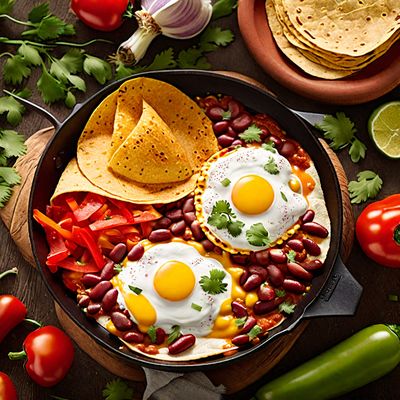
Huevos Rancheros Hungarian Style
Paprika-infused Huevos Rancheros
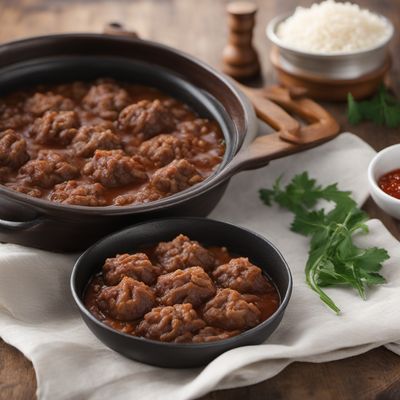
Ulpershek - Traditional Kazakh Meat Dumplings
Savory Delights: Ulpershek - Kazakh Meat Dumplings Bursting with Flavor
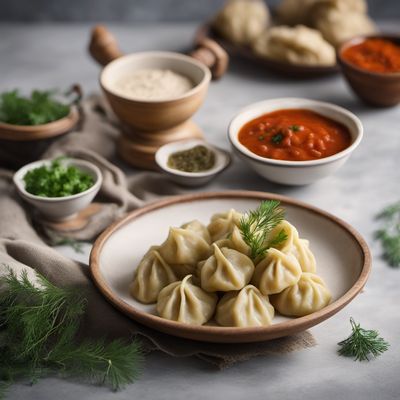
Chapalele Dumplings with Eastern European Twist
Savory Dumplings with a Taste of Eastern Europe

Viennese Uroko Dango
Viennese Delight: Crispy Fish Dumplings with a Viennese Twist

Pitica - Romanian Savory Pastry
Savory Delight: A Taste of Romania's Pitica Pastry

Crimean Tatar Style Potato Casserole
Savory Crimean Tatar Potato Delight
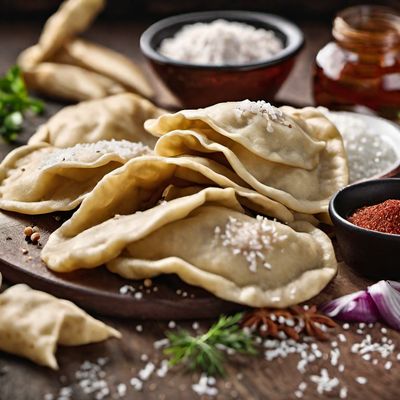
Bosnian-style Pierogi
Savory Bosnian Dumplings: A Twist on Traditional Pierogi

New York-Style Cheesecake Croatian Style
Dubrovnik Delight Cheesecake

Fettuccine burro e Parmigiano
Parmesan Butter Fettuccine - A Hungarian Twist on an Italian Classic

Sopa Negra with a Twist
Black Bean Soup with a Latin Flair
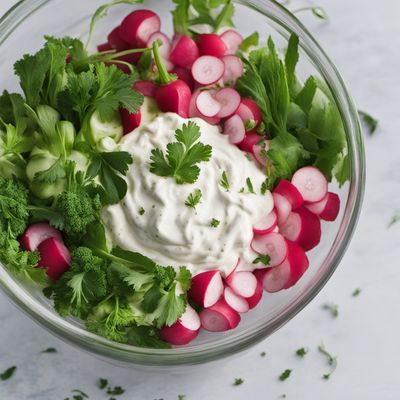
Gower's Creamy Herb Salad
Gower's Green Goddess Salad

Machanka with Pork and Mushrooms
Savory Belarusian Delight: Machanka with Pork and Mushrooms

